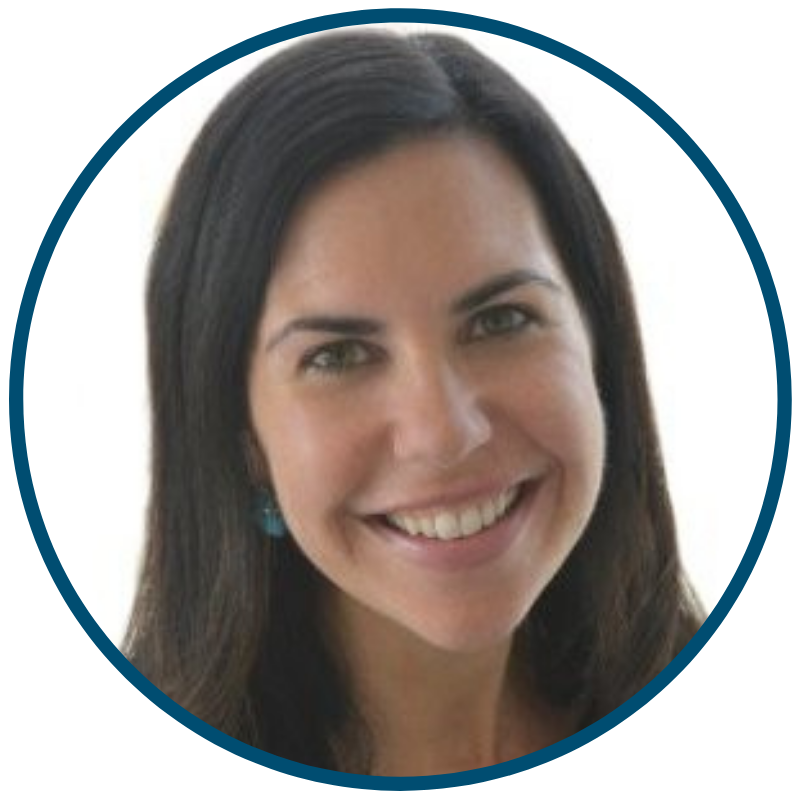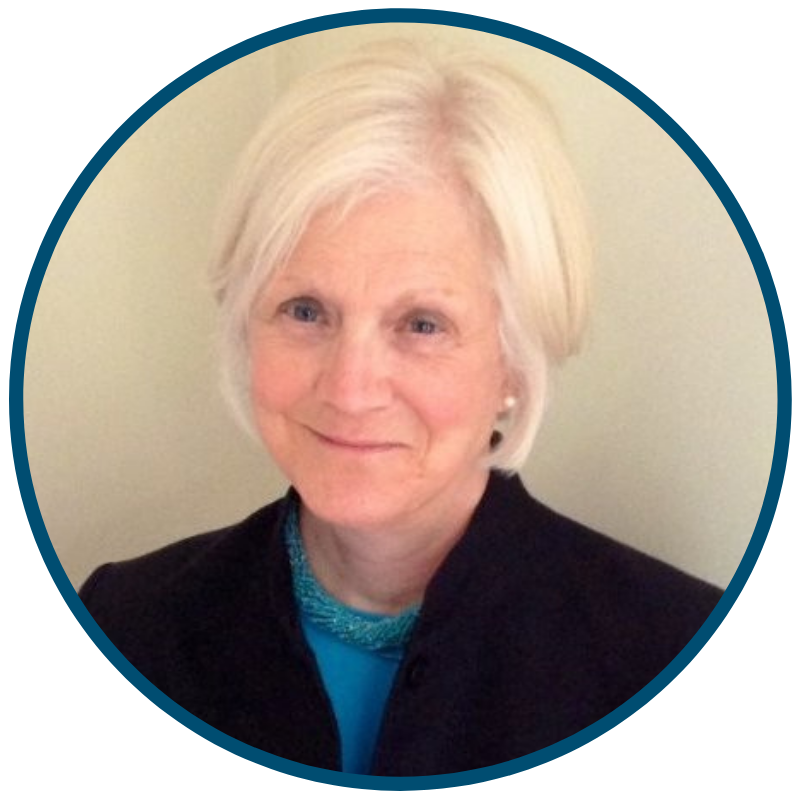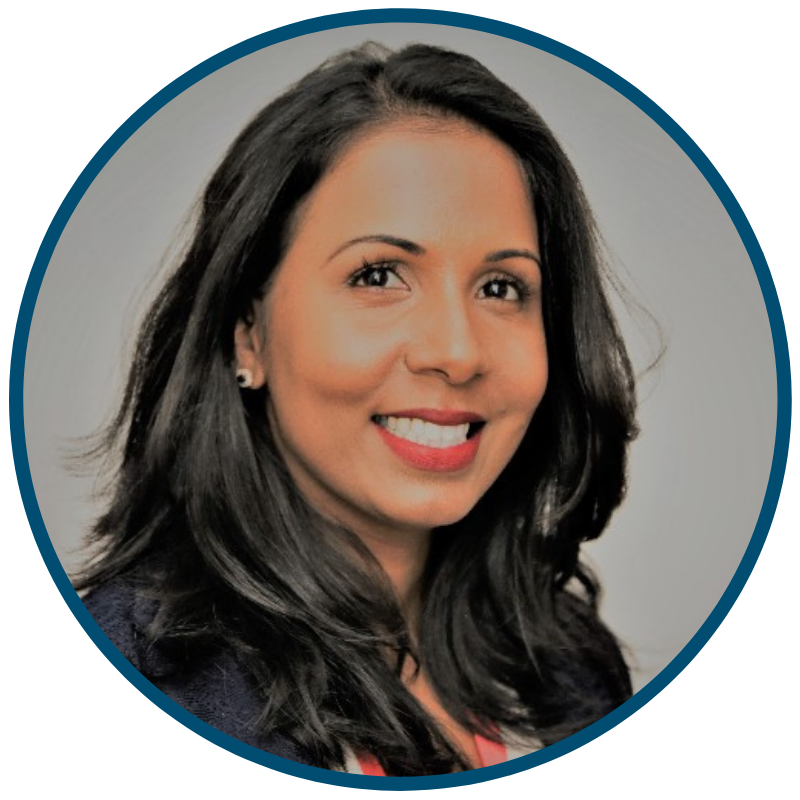Planned Giving: Lessons Learned and Looking Forward
Posted February 17, 2021
We recently spoke with fundraising leaders at a diverse range of nonprofits about the challenges and opportunities their planned giving programs have faced during the past year and the lessons they'll draw on in year ahead...

Erin Mahoney McKenna
Assistant Vice President, Planned Giving at Dana-Farber Cancer Institute
On the pandemic’s impact on Dana-Farber Cancer Institute’s planned giving program and how they have adapted…
What a year this has been for everyone! I would say that the greatest challenge was truly something we took for granted in our pre-COVID era: dealing with the mail and paperwork. We were able to adopt an e-sign process for some documents but getting other documents hand-signed or notarized is more challenging and takes a lot more time and effort to coordinate logistically.
The other challenge is that our team misses in-person, informal interactions with colleagues; everything we do and communicate now needs to be intentional and planned vs. just popping over to someone’s desk to ask a question or bumping into someone in the hallway. It can also be more challenging to establish a warm rapport with newer donors who we did not have a relationship with prior to the pandemic.
A pleasant surprise, which should not be a surprise at all, is how amazing all of our donors are and how they have stepped up during this time. We have gotten to know our donors on a whole new level as we connect with them via Zoom from the comfort of their and our own homes. We have met pets and family members and learned things I don’t think we ever would have over lunch at a restaurant or during a conversation at an event. We just had our first virtual event for legacy donors, our Dana-Farber Society, and almost 30% of attendees tuning in were from outside of Massachusetts, something we have never seen at an in-person event given travel time. Some people like to connect in this new way and we have even been able to engage donors who have not generally attended events in the past.
There’s always a need for individuals to plan and think about their legacies, but this is especially true in uncertain times. Many have been motivated to reflect on what is really important to them. In March, estate planning activity was at an all-time high, and next to hand sanitizer (!), “making a will online” hit the highest volume in Google’s search history. Within those searches many were looking for ways to make a charitable bequest and the planned giving community started to see an uptick in individuals confirming their estate plans. This outpouring of generosity has been a heart-warming impact of the pandemic.
On the role planned giving plays in their overall fundraising strategy…
For 30 years, we have had a strong planned giving program at Dana-Farber and the Jimmy Fund but have operated in a more siloed fashion, with annual planned and major gift strategies being developed in parallel. When plans were being put into place for our current campaign, it was evident that there was huge opportunity for planned giving. As a result, we are taking a more comprehensive approach. For instance, we have set the expectation that all of our gift conversations with board members will incorporate campaign specific gift opportunities, options to continue or increase their annual support, and an invitation to become members of our Dana-Farber (Legacy) Society. We are still in the quiet phase of our campaign, but have already seen a positive response from these efforts. We will take a similar approach as we start to talk to others beyond the board about their support.
We are also seeing an increased interest from many of our colleagues in learning more about planned giving and how it can help the Institute and their donors have greater impact. Many gift officers in Annual Giving and Major Gifts have been weaving opportunities around giving vehicles beyond cash and stock into conversations they are having with individuals who may not be able to give in the same way they have in years past.
Our division also created a Comprehensive Gift Strategy Initiative which has resulted in new metrics, tracking, and a data reporting structure to give fundraisers recognition and credit for all the gifts they close, not just the gifts that “count” in their specific area. Collaboration has always been valued at Dana-Farber, and this new structure is helping facilitate a consistent, comprehensive approach to cultivation and solicitation, as well as increased internal recognition.

Jan Adams
Director of Planned Giving at Mass Audubon
On the pandemic’s impact on Mass Audubon’s planned giving program and how they have adapted…
The pandemic focused fundraising this year on outright dollars in order to bridge expected operating shortfalls from cancelled programs. As the Director of Planned Giving, I continued to reach out to prospects on my own and in concert with all on the development team when I saw an opportunity they had with one of their prospects.
I continued planned giving blurbs, stories in our regular publications, highlighted how the CARE act benefited donors in a unique way in 2020 and now 2021, and sent letters and emails to focused members lost on ways planned giving can benefit their financial and philanthropy plans as well as leave a gift to Mass Audubon.
The challenges were not that different this year for planned giving other than some colleagues were skittish about bringing up gifts that happen at death with so many deaths being noted daily. I continued to work with our development staff to educate them on why a planned gift of X type might be of interest to specific donors we work on together. I continued to call and mail donors who have been consistent, loyal, long time members and who are over age 65. I also reached out to singles and couples with no children.
What was helpful was the fact that many members had time and more reason to consider their estate and legacy plans this past year. With more stories from family or friends about loved ones who died without a plan, more members were updating or reviewing plans than any previous year. I had more calls for assistance with wording for wills and trusts to benefit Mass Audubon than in any of the previous 5 years. And, sadly, but the reason for the gifts, we had many more settlements of gifts from deceased donors. We booked three new life income gifts; the yearly average is two or three. Membership in our legacy group, The Tern Society, continued to grow. We are on track to have 40 new members in this group by the end of our fiscal year in June, which is a significant ramp up from 2 or 3 new Terns a year, as we experienced six years back.
On the role planned giving plays in their overall fundraising strategy…
Planned giving is an important part of Mass Audubon fundraising. It generates $2-7 million of new endowment funding a year and ties donors tighter to us. The Terns are engaged and most are also generous with their annual gifts and special project support. I don’t often see drops in annual support from Terns.
Our Relationship Managers have been slow to approach a planned gift discussion on their own, but have become much better at asking me to join them for a discussion with a donor, and the results have been good. The more planned gifts they witness and are in engaged with me in activating, the more alert they are to similar planned giving opportunities with others in their portfolios. My goal now is to have a planned gift in mind for every major gift ask we make, so when we visit a donor for an ask and get a ‘no’ or ‘not now’, we can present planned gift ideas appropriate for them that might interest them.

Ramona Ramadar
Divisional Director of Gift Planning at the Salvation Army of Greater New York
On the pandemic’s impact on the Salvation Army of Greater New York’s planned giving program and how they have adapted…
2020 was a year of great change. The pandemic forced us into our individual homes/spaces and redefined how we connected with each other. At the Salvation Army of Greater New York we were pushed to find creative, innovative, and safe ways to connect and engage not only with our supporters, including donors, board members and program partners, but also internally as we, like many other organizations, experienced staff changes. Additionally, we were faced with navigating the complexities of working remotely as individuals and as a team. My living room, which once was used for hosting friends and family, became my new home office.
Our greatest challenge, however, was our increased reliance on our database as we stewarded our donors during such a difficult time. We were provided an amazing opportunity to assess our existing data integrity and prioritize updating as much donor information as possible. When the pandemic started, I had been with the Salvation Army for a little under five months and this gave me the opportunity to just pick up the phone and check in on people. Government restrictions also meant that most people were home and available to connect. Many of the donors that I spoke with shared the same emotions of shock, surprise, tears, fear, panic, and anger that I personally felt during this time.
My conversations with donors helped me get through 2020. I’m amazed and surprised by the resiliency of our Gift Planning donors— they’ve shared so many wonderful stories with me about their childhood, family, World War II, the Spanish flu, and their relationship with the organization, which has resulted in a deeper, long-term connection to our mission. Surprisingly, we were blessed to have ended the year on a high note with the support of many of our donors. The Salvation Army of Greater NY remained on the frontlines each day, serving and helping those in need during a time where the demand was even bigger. Even though we are apart, this pandemic has taught us that we are stronger together.
On the role planned giving plays in their overall fundraising strategy…
The Salvation Army of Greater New York’s Gift Planning program is woven into our overall fundraising strategy. From our direct mail marketing to our virtual stewardship events, we find ways in which we can creatively incorporate our messaging. Our gift officers have a general understanding of Gift Planning and we have weekly meetings to discuss donor overlap and prospects. We also created a culture of inclusive fundraising where each member of the team feels valued, respected, and invested in the overall success of the division. Our leadership welcomes bold, big ideas and this drives us to constantly seek new ways to innovate and improve for our team’s success.

Ken Dolbashian
Associate Senior Vice President, Planned Giving at Children's Hospital Los Angeles
On the pandemic’s impact on CHLA’s planned giving program and how they have adapted…
We certainly haven’t been impacted negatively. On the contrary there has been an increase in folks thinking about and taking steps to put their estates in order, and we’ve seen an uptick in both conversations about planned giving and actual inclusion of CHLA in our donors’ estate plans.
I don’t see the challenges as being planned giving specific; rather organizations like ours have seen their revenues drop because of a reduction in the daily census as folks have become reluctant to come to healthcare facilities during the pandemic.
The opportunity I see here is that the uptick in activity highlights the importance of planned giving in the overall Foundation strategy. We have a wonderful Chief Development Officer as well as President and CEO, and they completely understand the value Planned Giving plays in our fundraising efforts. I’ve been pleasantly surprised with how collaborative our team is here at CHLA. This is less of a surprise and more of a reaffirmation that Development shops that value all gifts—and liberally share the credit for the same—are most likely to be successful regardless of the external challenges, such as pandemics and/or economic downturns.
On the role planned giving plays in their overall fundraising strategy…
Here at CHLA, planned giving plays an integral role. Our work covers the gamut from your typical pipeline building of legacy society members to life income gifts – especially charitable remainder trusts funded by real estate here in California, given the incredible appreciation in property values over time. At present, we have a relatively informal approach which includes internal training of our frontline annual fund and major gift fundraisers as well as individual review of portfolios for planned giving opportunities. Most significant though is the recognition by our major gift folks of the value added from collaborating—even if just discussing options—with our planned giving team. This has led to a willingness to seek out advice from our planned giving staff and has led to a number of wonderful gifts, planned, outright and blended. And we have just started to scratch the surface here.

Phil Perham
Director of Planned Giving at Phillips Exeter Academy
On the pandemic’s impact on Phillips Exeter Academy’s planned giving program and how they have adapted…
For the most part, Exeter’s planned giving program has not been greatly impacted by the pandemic. We continue to engage with our remarkably dedicated alumni, family and friends about opportunities to make a directed difference for our students through a split-interest or testamentary gift. We have been able to increase gift annuity awareness through a new postcard campaign, which was developed internally working with our on-campus communications partners. This marketing approach has already resulted in our best annuity year since 2009, even as the American Council on Gift Annuities recommended payout rates have dipped. While bequest notifications somewhat lag very recent years, we are now approaching the season to solicit reunion countable bequests. We expect new testamentary gift notifications to grow as we begin to send solicitations to reunion classes, and ask volunteer leadership to reach out to classmates about including Exeter in their wills.
Without the ability to travel, the primary challenge we face is developing new relationships and continuing to fill our planned giving pipeline with new prospects. Existing Heritage Circle members, especially those who we have met previously, are willing to engage virtually and provide an opportunity for us to stay well connected.
On the role planned giving plays in their overall fundraising strategy…
Currently, Exeter is not in a campaign. However, the planned giving program is focused on contributing approximately 30% of Institutional Advancement’s total fundraising goal. We partner with the major gift team to help and/or lead planned giving discussions with their assignments. Additionally, we are collaborating with the Exeter Fund and Family Engagement teams to communicate planned gift opportunities, particularly to the 50th reunion and older classes, as well as older parents, past parents, and grandparents. That cross-departmental work is mindful of our advancement team’s primary goal of raising unrestricted and immediate outright support…so timing and coordination is critical.
